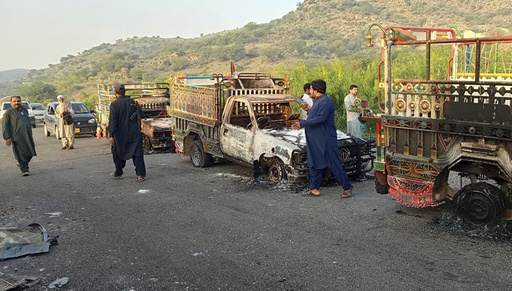
At least 31 individuals were killed in a spate of violent attacks in Baluchistan province in Pakistan’s southwest, marking the highest death toll in recent years attributed to separatists. Gunmen carried out ruthless attacks by targeting people on buses, cars, and trucks, while police and bystanders were also fatally shot in broad daylight. The violence included the destruction of a railway bridge and an assault on a police station.
Baluchistan, Pakistan’s largest yet least populated province, is home to the ethnic Baluch minority group that faces discrimination and exploitation from the central government, fueling a separatist insurgency seeking independence. The outlawed Baluchistan Liberation Army (BLA) is a key player in the conflict, designated as a terrorist group by both Pakistan and the U.S. The BLA aims for a sovereign state encompassing territories in Pakistan, Iran, and Afghanistan.
Tensions between Iran and Pakistan worsen the instability in the region, as they share a lengthy border known for smuggling and militant activities. Massive Chinese-led projects in the area have also triggered unrest, with separatists accusing the government of unfair exploitation. The recent attacks in Baluchistan, orchestrated with greater coordination and brutality, have been attributed to the BLA’s increased operational capabilities and ambition.
The violence not only impacts the economic stability of Baluchistan but also creates hardships for the local Balochis by deterring investment and disrupting daily life. The region has seen protests against police brutality and internet shutdowns, reflecting deep-rooted grievances exacerbated by heavy militarization efforts to combat militancy. The attacks are viewed as an attempt to sabotage Pakistan’s image as a safe destination for international investment.
